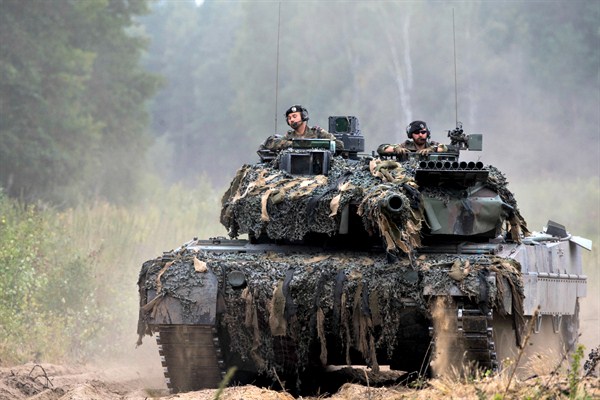While President Donald Trump was issuing bombastic threats toward North Korea and Venezuela earlier this month, U.S. Secretary of Defense James Mattis quietly met with his Dutch counterpart, Defense Minister Jeanine Hennis-Plasschaert, at the Pentagon on Aug. 15. They discussed the ongoing crises in North Korea and Venezuela and continued their talks on NATO defense spending. But, to the surprise of many, they also touched on a more esoteric topic: the idea of introducing a “military Schengen zone” on the European continent, freeing up the movement of troops and materiel between EU member states.
Under current laws, the movement of military forces throughout Europe must follow strict rules that create limits on what militaries can do during exercises. Critics of creating a new military Schengen zone say it is somewhat pointless, as changes have already been made to allow for soldiers and supplies to move quickly between countries during the event of a conflict. The problem is that credibility, interoperability and readiness are only achieved through exercises and training during peacetime.
Modeled on the passport free-travel zone for EU citizens that has been in place across Europe since 1995, the military Schengen zone would, in effect, enable military personnel and equipment to move easily within Europe’s borders without obstacles like diplomatic clearances and equipment regulatory procedures. It would be similar to its civilian counterpart, which “allows citizens to cross internal borders without being subjected to border checks.”

